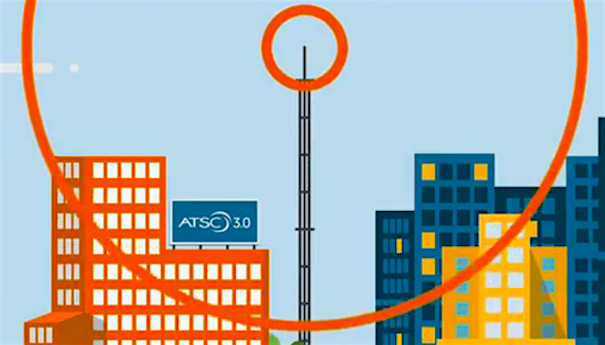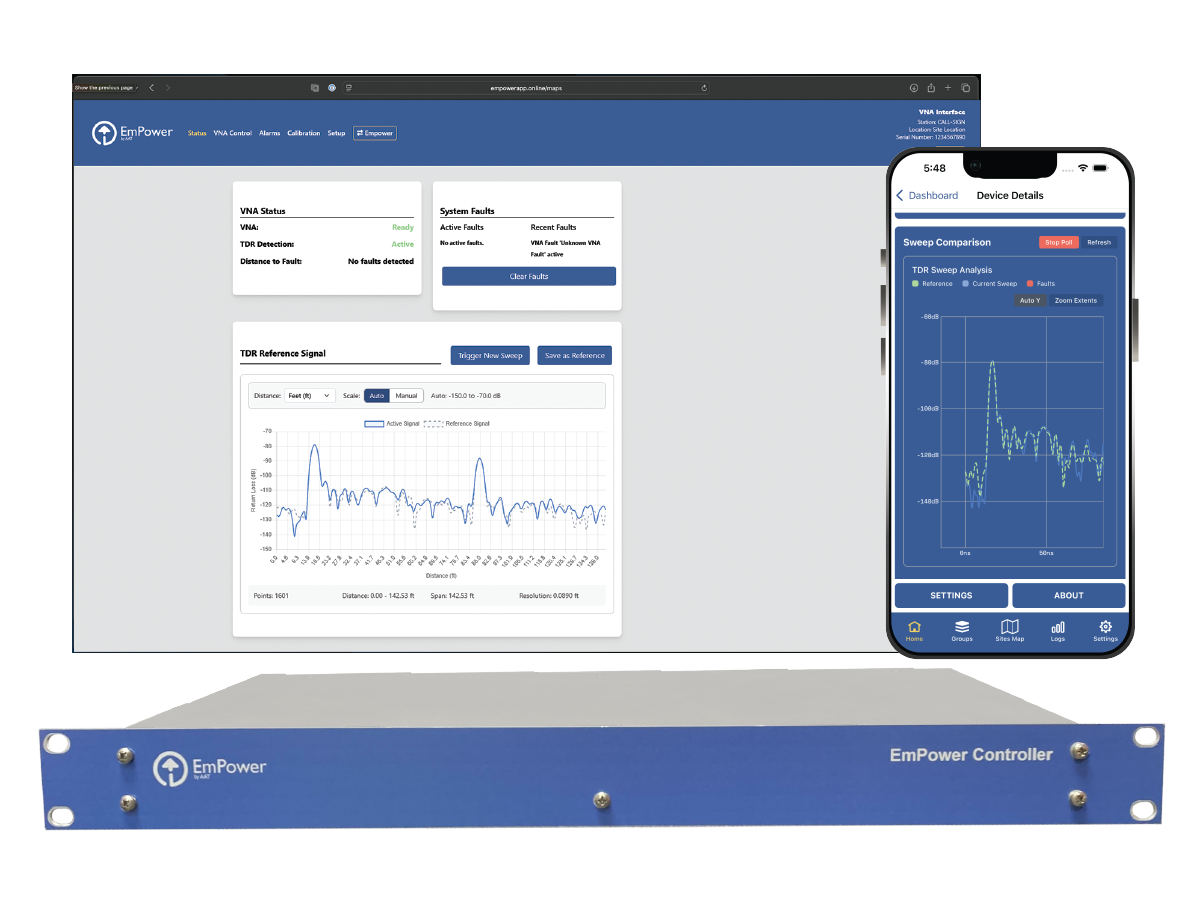FCC to Vote on Accelerating ATSC 3.0 Transition at October Meeting
Commission will act on whether to propose shutting down 1.0 by 2030

The FCC announced this week that it will consider proposed rules to sunset ATSC 1.0 to make way for full transition to ATSC 3.0 (aka “NextGen TV”)
“For television, ATSC 3.0 represents the future of broadcasting, which is how many Americans receive their local news,” Chairman Brendan Carr said on Monday. “This month we’ll vote on a notice that would take steps to accelerate the transition to this Next Gen TV standard.”
At issue is the transition to ATSC 3.0 that began when the commission adopted the standard in 2017. Currently between 75%-80% of the nation’s TV households are within reach of a 3.0 signal but the transition has slowed in recent years as it moves into smaller markets.
Earlier this year, the NAB petitioned the FCC to propose shutting down 1.0 in the top 55 markets by February 2028 with all markets ceasing 1.0 by February 2030. The association said the current lighthouse scheme in which stations share transmission facilities in specific markets, limits their ability to offer the full range of benefits that NextGen TV can provide, like 4K, HDR, immersive audio, etc., which they say can help them better compete with Silicon Valley companies.
“As competitive pressures mount, completing the transition to ATSC 3.0 expeditiously is essential for the future of the industry,” the NAB told the FCC. “Without decisive and immediate action, the transition risks stalling and the realistic window for implementation could pass. Reaching the finish line requires industry-wide coordination and engagement—something individual broadcasters cannot do alone. The FCC must now establish a clear timeline to complete the transition, just as it did when the industry and consumers migrated from analog to digital.”
In April, just prior to the opening of the NAB Show, the FCC announced that it was soliciting public comments about the NAB’s proposal. Last week, during the FCC’s monthly meeting in which the commission voted to re-examine broadcast ownership limits, FCC Commissioner Anna Gomez strongly advocated for 3.0, which she agreed would help broadcasters better compete in today’s media landscape. But she also warned about the effects shutting down 1.0 could have on related market sectors and consumers.
“There are many good things about this technology, but like everything else it raises questions of costs and policy outcomes,” she said. “Costs will be borne by manufacturers that will need to add technology to televisions to receive this broadcast, MVPDs that will need to change their equipment to receive the NextGen TV signals, and consumers that will need to purchase antennas for their existing TVs to receive the new signal over the air or potentially pay higher prices for new televisions.”
The professional video industry's #1 source for news, trends and product and tech information. Sign up below.
In September, Carr announced that the FCC had clarified certain rules that it said could accelerate the transition to 3.0 by making it easier for broadcasters to launch new services under the standard. Although these rule changes were not directly tied to the commission’s April NPRM, it did confirm Carr’s commitment to speeding up the transition.
“Americans across the country will benefit from Next Gen TV and the improved viewing experience that it enables," Carr said. "Accelerating this transition will also go a long way towards ensuring that broadcasters stay competitive well into the future. That is why the FCC is working to support and encourage a timely transition. As the broadcast industry continues to evolve, we want to be sure that they can do so while maintaining their core public interest obligations. Today’s notice provides additional flexibility for broadcasters to make this transition.”
If approved, it would match the 13-year timeline between when ATSC 1.0 was approved by the FCC in 1996 to when analog TV was switched off in the U.S. in 2009. The FCC approved the ATSC 3.0 standard in 2017, 13 years ahead of the proposed 2030 shutoff of 1.0. The biggest difference between the two is that the transition to 1.0 was mandatory while the transition to 3.0 is voluntary.
Tom has covered the broadcast technology market for the past 25 years, including three years handling member communications for the National Association of Broadcasters followed by a year as editor of Video Technology News and DTV Business executive newsletters for Phillips Publishing. In 1999 he launched digitalbroadcasting.com for internet B2B portal Verticalnet. He is also a charter member of the CTA's Academy of Digital TV Pioneers. Since 2001, he has been editor-in-chief of TV Tech (www.tvtech.com), the leading source of news and information on broadcast and related media technology and is a frequent contributor and moderator to the brand’s Tech Leadership events.

